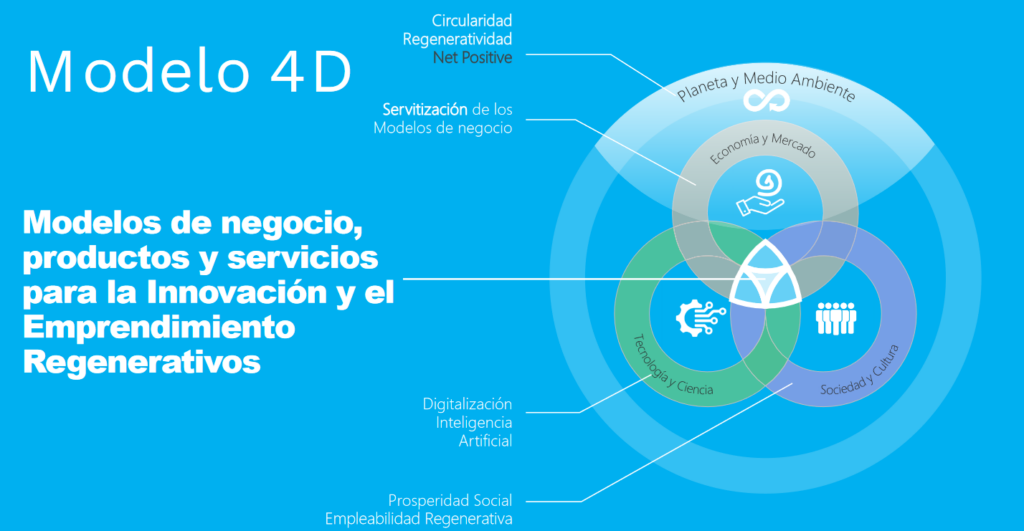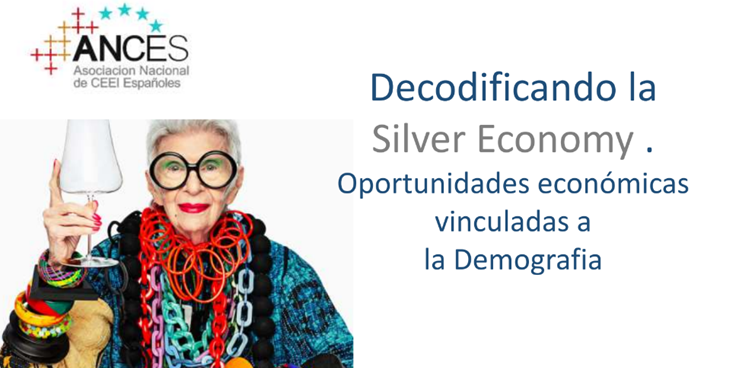ANCES ACADEMY organised multiple events over the last months covering diverse range of topics. Three sessions included themes strongly related to the RESOURCE Project.
How to internationalize a project to create a global brand?
This session, held on January 24, 2024, equipped attendees with the knowledge needed to internationalize a project and build a global brand. The speakers talked about the fundamentals of internationalization and its importance for brand growth. They highlighted identifying challenges and opportunities as a crucial part of the process. Through case studies and best practices, they showcased brands that have successfully expanded internationally.
Regenerative Circularity
The presentation on Regenerative Circularity emphasized sobriety over abundance to achieve Net Zero goals. The methodology was explained through concrete examples, educating attendees on the principles and benefits of regenerative circularity for products and services. It also introduced rapid implementation tools for market success.

The regenerative economy focuses on enhancing commitment and awareness in business processes and human activities, promoting responsible and sustainable practices. It involves a comprehensive review of technological, economic, social, and environmental concepts to develop circular models and processes that ensure the prosperity and survival of the entire ecosystem. The evolution of circular models was explained as follows: 1. Linear, 2. Circular (Net Zero), and 3. Regenerative (Net Positive).
A 4D vision is required to fully appreciate this phenomenon (Picture)
The presentation traced the evolution of circular models since the 1960s and provided examples of how some initiatives are implementing these concepts in various industries such as cruising, fashion, and gastronomy.
Silver Economy
Attendees gained a comprehensive understanding of the Silver Economy and its impact on businesses and global economies. They explored opportunities for innovation, business growth, and social impact associated with demographic changes. Participants also learned about the eight advantages of connecting with “silver surfers”—the fastest-growing demographic group. The online session, held on April 26, 2024, featured Ignacio Villoch, General Director of Innovation at the Malaga Silver Economy Hub.
The presentation highlighted the economic opportunities linked to the aging population, particularly those over 50 years old. It underscored the market potential in key sectors such as health, well-being, leisure, lifestyle, and retail. The session aimed to raise awareness of the opportunities offered by the Silver Economy while promoting collaboration and innovation to fully leverage the potential of this constantly growing demographic segment.
Resource Efficiency
The Silver Economy emphasizes the economic potential of the older population. By focusing on sectors like health, well-being, and lifestyle, businesses can develop products and services that promote resource efficiency and sustainability, aligning with circular economy principles.
Product Longevity
In the Silver Economy, there is a focus on developing products and services that cater to the needs of older consumers. By creating durable and long-lasting products that are designed for longevity, businesses can contribute to reducing waste and promoting a circular approach to consumption.
Innovation and Collaboration – This focus on longevity helps reduce waste and supports a circular approach to consumption. By fostering partnerships, sharing resources, and developing innovative solutions, businesses can contribute to a more circular economy that values longevity, well-being, and sustainability.
Waste Reduction
By targeting sectors such as health, well-being, and retail within the Silver Economy, companies can explore ways to minimize waste generation, promote recycling, and adopt practices that support a more circular and sustainable economy.
These insights from ANCES ACADEMY’s events support the RESOURCE Project’s goals, helping participants understand the complexities and opportunities within the Silver Economy, internationalization of projects and regenerative circularity.
